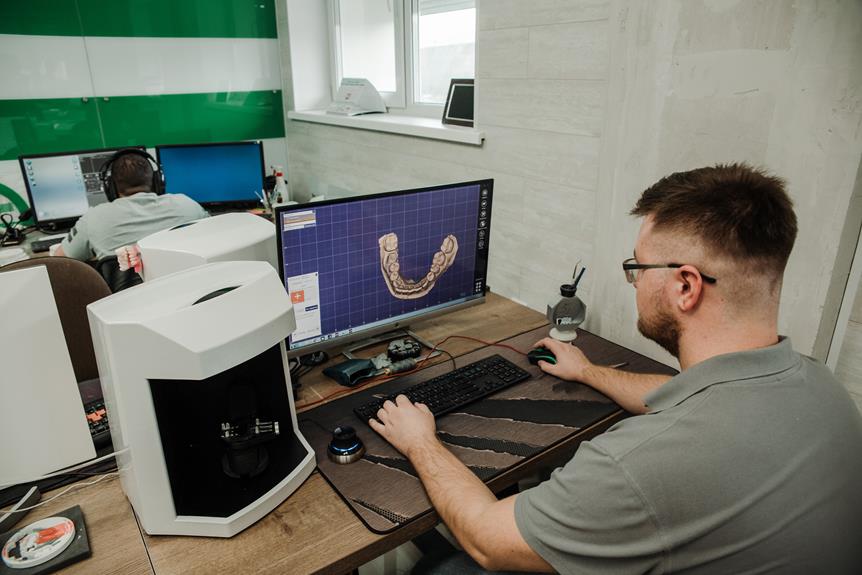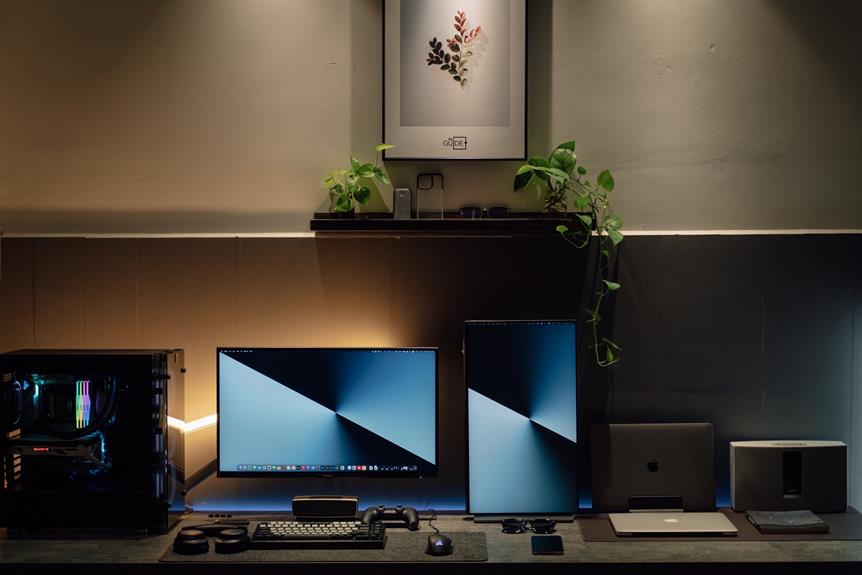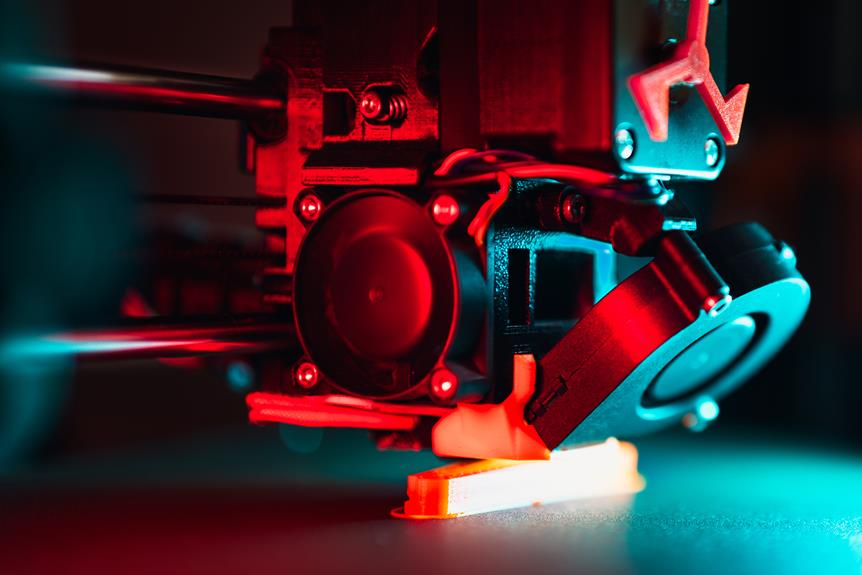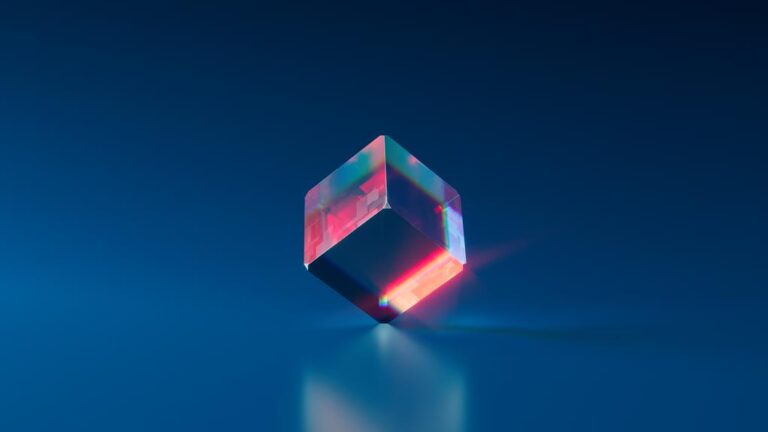Advanced 3D Printing Software: Unlocking Complex Designs and Features
Did you know that advanced 3D printing software is revolutionizing the way complex designs are created? With its precise and technical capabilities, this software unlocks a world of possibilities for designers and engineers.
In this article, we will explore the power of advanced 3D printing software and how it enables customization options and optimization features.
Join us as we delve into the world of advanced 3D printing software and discover how it liberates designers from the limitations of traditional manufacturing methods.
Key Takeaways
- Advanced 3D printing software offers a range of features and tools for pushing design boundaries.
- Customization options and optimization allow for precise control over print settings.
- Advanced software enables the handling of complex designs and intricate features.
- Multi-material and multi-color printing offer expanded possibilities for creativity and customization.
3D Printing Software: Advanced Techniques for Complex Designs
One of the key advancements in 3D printing software is the development of multiple techniques for creating complex designs. Advanced 3D printing software offers a range of features and tools that allow users to push the boundaries of design possibilities. With the ability to manipulate intricate geometries and intricate details, these software programs provide a new level of freedom for designers and engineers.
One notable feature of advanced 3D printing software is the inclusion of complex print settings. These settings allow users to fine-tune their prints, adjusting parameters such as layer height, infill density, and support structures. By customizing these settings, designers can achieve higher levels of detail and precision in their prints, resulting in more realistic and intricate final products.
In addition to complex print settings, advanced 3D printing software also offers professional design tools. These tools enable designers to create complex shapes, curves, and textures with ease. From parametric modeling to sculpting tools, these software programs provide a wide range of options for creating intricate and detailed designs.
Unlocking the Power of Advanced 3D Printing Software
Utilizing the full potential of advanced 3D printing software often requires regular practice and familiarity with the wide array of tools and features available. One key component of advanced 3D printing software is the use of advanced slicers. These slicers allow for intricate control over the printing process, enabling the creation of complex designs with precision and efficiency.
Advanced slicers offer a range of capabilities that go beyond basic slicing software. They provide users with the ability to adjust parameters such as layer height, print speed, and infill density, allowing for optimal customization of the printing process. This level of control ensures that intricate and detailed designs can be accurately translated into physical objects.
In addition to advanced slicers, advanced 3D printing software offers a variety of other features that enhance the printing experience. These may include support generation, mesh repair, and file optimization tools. These features enable users to overcome common challenges in 3D printing, such as printing overhangs or dealing with complex geometries.
By unlocking the power of advanced 3D printing software, users can achieve new levels of freedom and creativity in their designs. The ability to customize and control the printing process empowers users to bring their ideas to life with unparalleled precision and quality.
In the next section, we will explore the customization options available in advanced 3D printing software.
Customization Options in Advanced 3D Printing Software
As users delve into the realm of advanced 3D printing software, they gain access to a wide range of customization options that allow them to tailor the printing process to their specific needs and requirements. These customization options empower users to optimize their designs for maximum functionality and efficiency.
One key customization option is the ability to adjust the infill density. Infill refers to the internal structure of a printed object, and by adjusting the infill density, users can control the strength and weight of the final product. For example, objects that require high strength can benefit from a higher infill density, while objects that need to be lightweight may benefit from a lower infill density.
Another important customization option is the support structure generation. Support structures are temporary supports that are printed alongside the main object to prevent it from collapsing during the printing process. Advanced 3D printing software allows users to customize the placement and density of these support structures, enabling them to optimize printing time and material usage.
Additionally, advanced 3D printing software offers customization options for the printing speed, layer height, and cooling settings. These options give users greater control over the print quality, accuracy, and overall performance of their printed objects.
Optimizing Prints: Advanced Features in 3D Printing Software
Enhancing the quality and efficiency of printed objects is made possible through the implementation of advanced features in 3D printing software. These features provide users with a range of options to optimize their prints, ensuring that the final product meets their specific requirements.
One such feature is the ability to adjust print settings such as layer height, print speed, and infill density. By fine-tuning these settings, users can achieve a higher level of precision and detail in their prints, while also reducing print times and material usage.
Another advanced feature in 3D printing software is the ability to generate support structures automatically. Support structures are necessary in complex prints to prevent any overhanging or bridging sections from collapsing during the printing process. With the automatic support generation feature, users can save time and effort by eliminating the need to manually design and place support structures. The software analyzes the model and generates the necessary supports, ensuring that the final print is successful.
Furthermore, advanced 3D printing software allows for the optimization of print orientation. By strategically positioning the model on the print bed, users can minimize the need for supports and improve print quality. The software analyzes the geometry of the model and suggests the optimal orientation, taking into account factors such as surface finish, strength, and print time.
Tackling Complex Designs With Advanced 3D Printing Software
To address complex designs, advanced 3D printing software offers innovative solutions and capabilities. These software tools provide the necessary features and functionalities to tackle intricate and challenging designs, enabling users to push the boundaries of what can be achieved with 3D printing technology.
One of the key capabilities of advanced 3D printing software is the ability to handle complex geometries. With traditional modeling software, complex designs can be difficult to create and visualize. However, advanced 3D printing software allows users to easily manipulate and modify intricate shapes, making it easier to design complex structures.
Another important feature is the ability to optimize support structures. Complex designs often require the use of support structures to ensure successful printing. Advanced 3D printing software can automatically generate and optimize support structures, reducing the need for manual intervention and improving the overall printing process.
Moreover, advanced software offers features like multi-material and multi-color printing. This allows users to create complex designs with different materials or colors, opening up new possibilities for customization and creativity.
The following table highlights some of the key capabilities of advanced 3D printing software in tackling complex designs:
| Capability | Description |
|---|---|
| Complex geometry handling | Enables easy manipulation and modification of intricate shapes. |
| Support structure optimization | Automatically generates and optimizes support structures for complex designs. |
| Multi-material and multi-color printing | Allows for the creation of designs with different materials or colors. |
Frequently Asked Questions
What Are the System Requirements for Running Advanced 3D Printing Software?
The system requirements for running advanced 3D printing software depend on the complexity of the designs and features to be unlocked. These requirements typically include a powerful processor, sufficient RAM, a compatible operating system, and a high-quality graphics card.
Can Advanced 3D Printing Software Work With Any Type of 3D Printer?
Yes, advanced 3D printing software can work with any type of 3D printer. It is designed to be compatible with various printers, allowing users to unlock complex designs and features regardless of the specific printer model.
Are There Any Limitations to the Complexity of Designs That Advanced 3D Printing Software Can Handle?
There are limitations to the complexity of designs that advanced 3D printing software can handle. These limitations can be influenced by factors such as the capabilities of the printer, the materials used, and the software's processing power.
How Does Advanced 3D Printing Software Handle Support Structures for Intricate Designs?
Advanced 3D printing software handles support structures for intricate designs by generating them automatically based on the complexity of the design. This ensures that the printed object is stable and maintains its intended shape during the printing process.
Can Advanced 3D Printing Software Optimize Print Settings for Different Materials and Filaments?
Yes, advanced 3D printing software can optimize print settings for different materials and filaments. This enables the user to achieve the desired results by adjusting parameters such as temperature, speed, and layer height to ensure optimal print quality and performance.
Conclusion
In conclusion, advanced 3D printing software offers a range of techniques and features to unlock the potential of complex designs. With customization options and optimization features, users can achieve the highest quality prints and tackle even the most challenging designs.
While some may argue that advanced software is only suitable for experts, its user-friendly interface and intuitive tools make it accessible to all levels of expertise.
Embracing advanced 3D printing software is essential for pushing the boundaries of design and innovation in the field.









